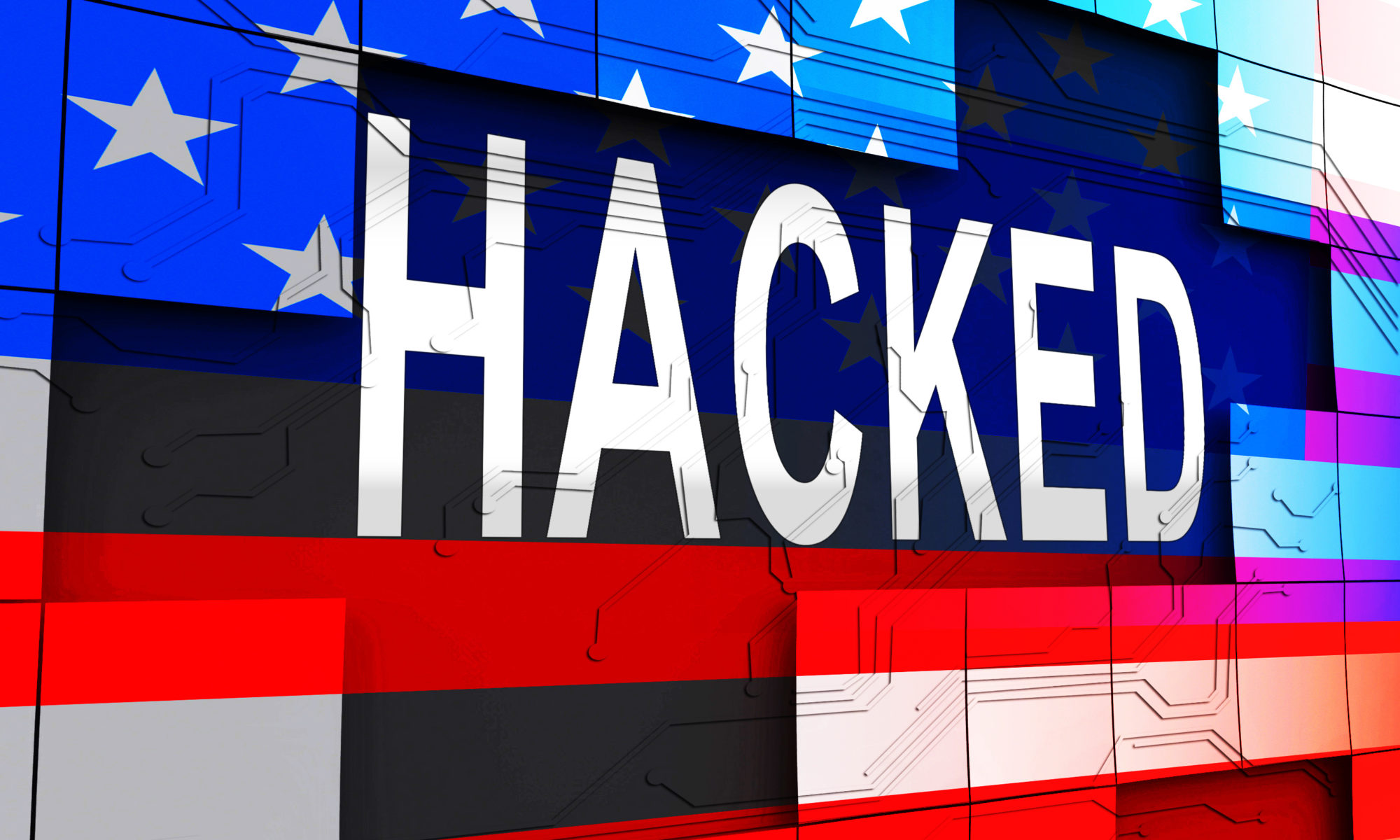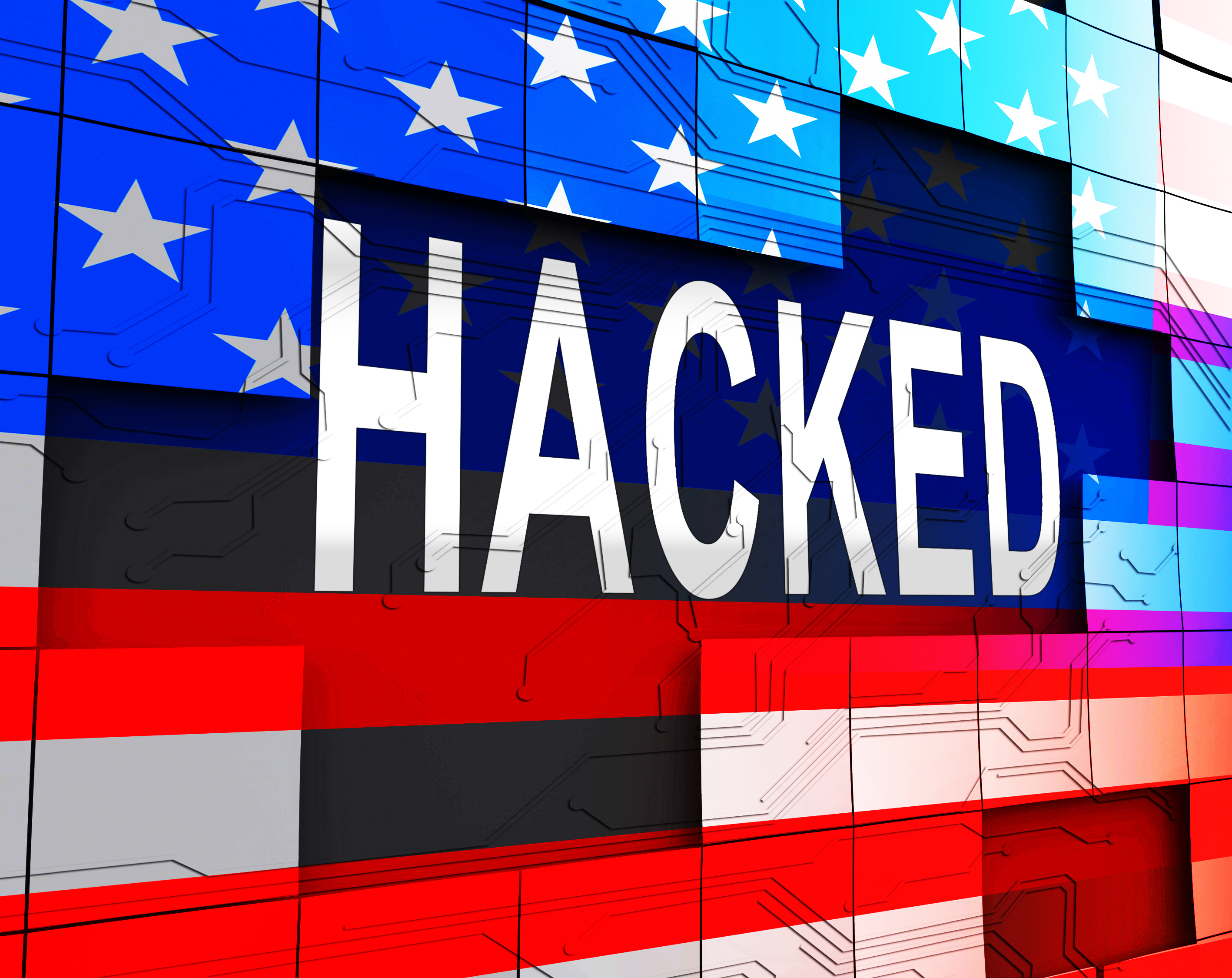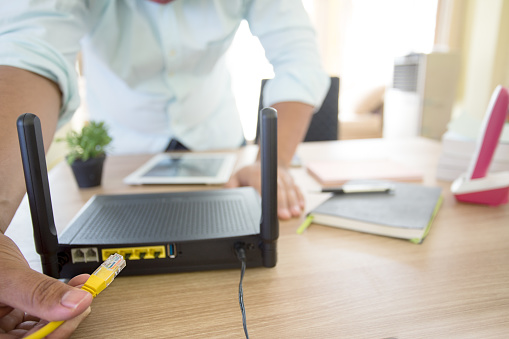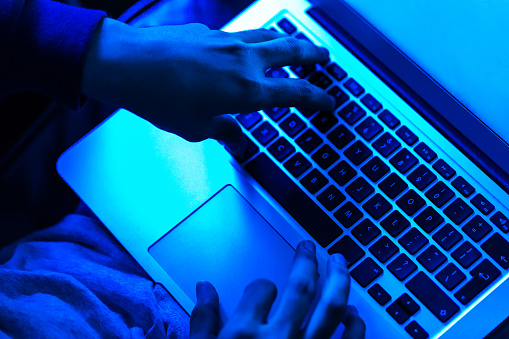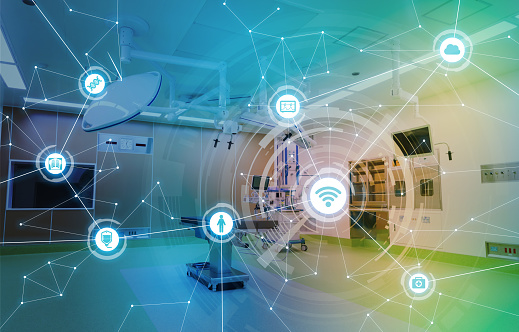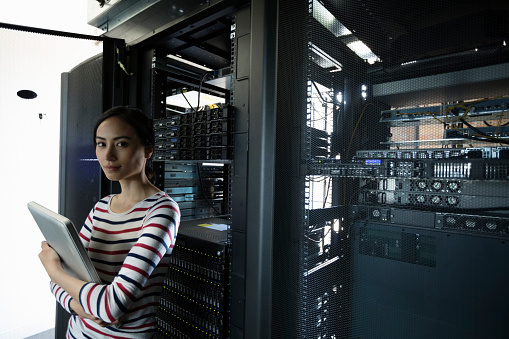Microsoft’s Azure cloud service recently suffered a major disruption at one of its data centers in Texas. A truly epic lightning storm caused even the backup generators to go offline. Every time the center struggled back to a semblance of normal operations, another round of thunderbolts blew through and the center was offline again. It took about eight hours to fully restore service to the affected clients.
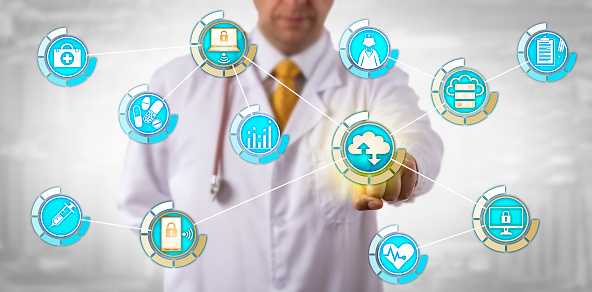
Cloud opponents will point to this and say that this proves the cloud is unreliable; no hospital can afford eight hours down. And Microsoft would rightly reply that, had those clients who were affected chosen to set up a redundant site in another region, their workload would have been seamlessly shifted over to a center out of harm’s way.
Microsoft would also note that eight hours a year of downtime is a miraculous figure compared to some hospitals that operate their own data centers. Virtually all of us have had the experience of having a health care provider tell us that they couldn’t do this or that because “the computers are down.”
What’s Coming in Cloud 2.0?
While some providers are waffling over whether to move anything to the cloud and if so, what, others are racing to get ahead of the coming tsunami of artificial intelligence (AI) products that are in the pipeline. Remember that Amazon, Microsoft, and Google are all working in collaboration to make medical records more uniform and permit rapid data exchange, where there is effectively “one patient, one chart,” no matter how many providers the patient sees.
This obvious step forward fills many providers with dread. Michael Robinson, the Vice President for healthcare at VMware, a Dell subsidiary, puts it like this: “A huge barrier to cloud adoption is that healthcare organizations want to run their own private environments and do not trust public cloud providers to secure their data.” (Robinson 2018.)
The consulting firm McKinsey sees a major divide coming between firms that adopt AI and those that don’t – to the great detriment of the latter (MIT Interview). The leaders will be so far ahead of the pack that the stragglers will never catch up.
What Is The Value Added?
AI will offer an enormous basket of goodies in the next five years. Virtual agents will enable replacing a lot of the legwork that providers’ employees do. But the big payoff for organizations in the near term will be in the realm of analysis. Data analysis becomes ever more important for all organizations.
Deep learning and similar techniques have been derided as “curve fitting,” but the point is that they are not only fitting lines to the curves, they are finding curves that no one suspected was there. And a lot of the patterns being discovered have to do with money. Hospitals often have no idea what they charge for a given procedure and why they are charging that amount. The prices are usually set in negotiations between payers and providers. AI can discover the real cost of procedures and show what is being overcharged and what is being undercharged. The latter, obviously, are revenue opportunities.
Of course, doing this kind of analytical work involves de-siloing financial and clinical data and making all of it available in one large data lake. Some level of data cleaning is a necessity. CMS, for example, spent over a billion dollars a year cleaning up Medicare and Medicaid data before doing analyses. You will not have to spend a billion, but you would be well-advised to spend something. It is also important to have good consultants to assist in the de-siloing and that data lake creation. Time spent on the front end will save a lot of frustration on the back end.
The value added will be understanding what’s going on in your organization at the deepest levels. Comprehension of this type enables rational actions towards critical business goals. Of course, if your organization has no goals that are stated in quantitative terms, then the analysis is of no use to you. If, on the other hand, you know what “good care” is in terms of costs, infection rates, lengths of stay, morbidity and mortality, and other operational parameters, you will be ahead of the game.
What Are The Risks Of Non-Adoption?
You can choose not to adopt the coming AI revolution. The risk you run there is being eclipsed by your competition, who will be enjoying the fruits of better, faster operations, and lowered personnel costs. You could find yourself in a negative business position from which you cannot recover.
For most healthcare organizations, the biggest worries are security, compliance, and privacy but the paradox here is that the security that cloud providers can give you is far better than you can provide for yourself. You may also fear the loss of control. Again, cloud providers will generally provide whatever level of security you ask for. You can ask for a private cloud and get utmost security there. If you take that direction, you lose the opportunity to reduce your IT staff, but that may be a price you are willing to pay.
In summary, the risks of not moving to cloud 2.0 are infinitesimal compared to the benefits. It’s a move you’ll eventually have to make so why not take the plunge now?

